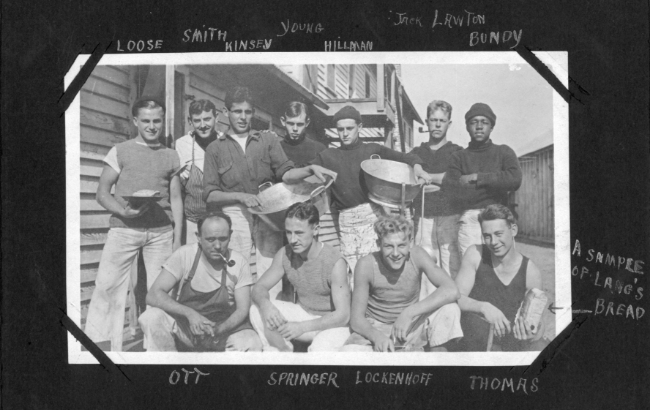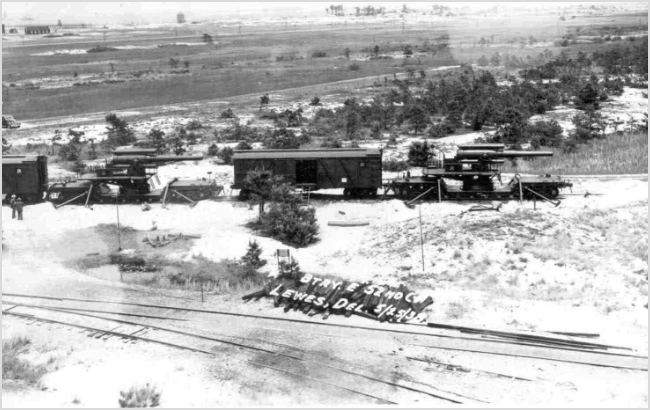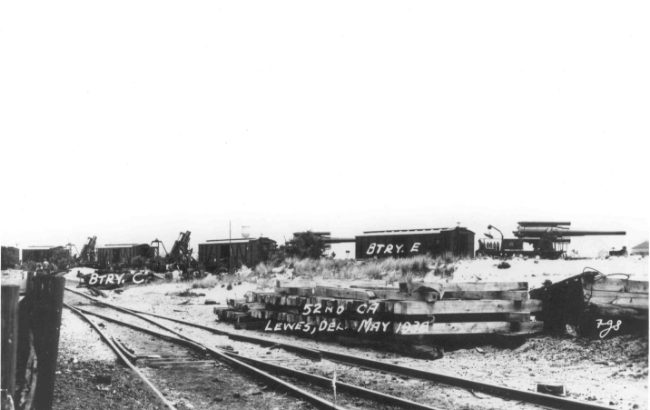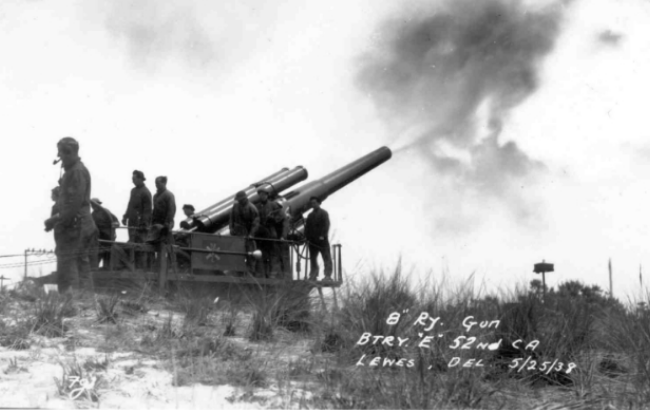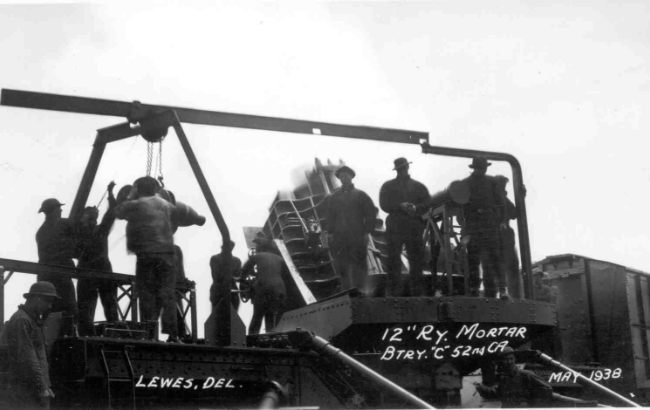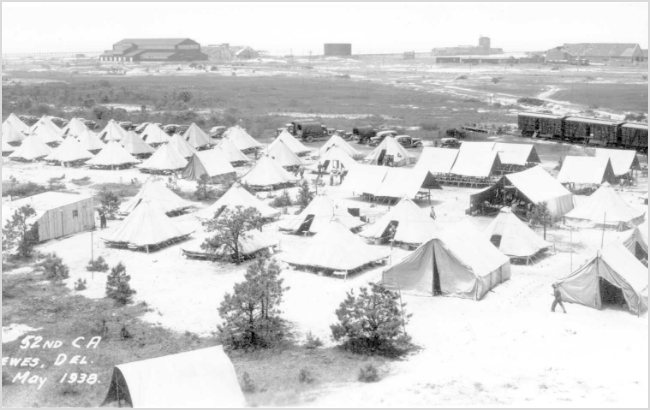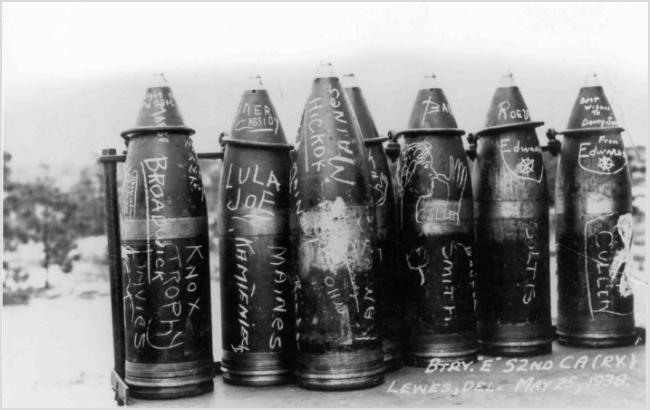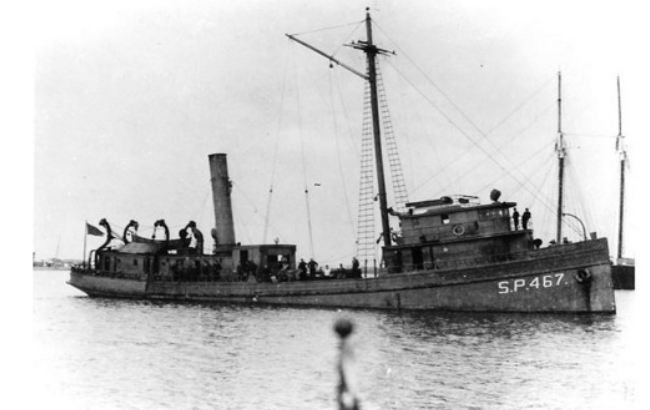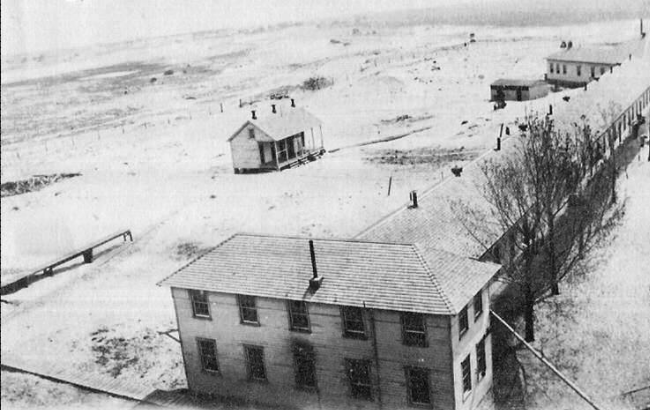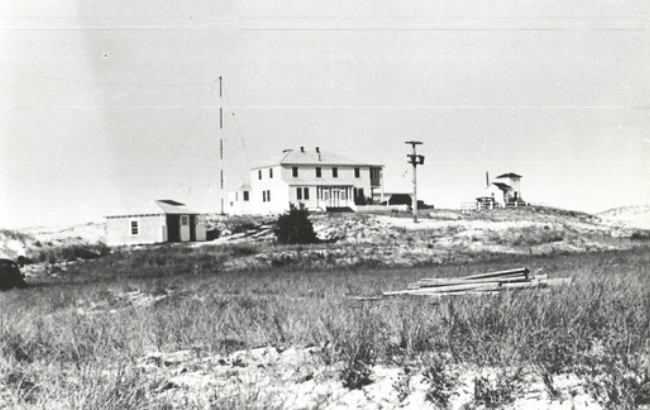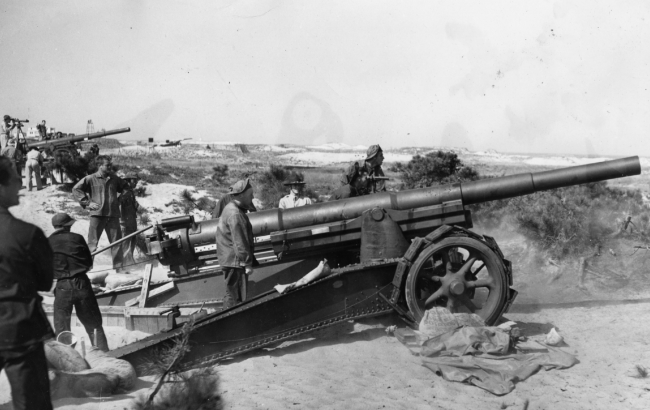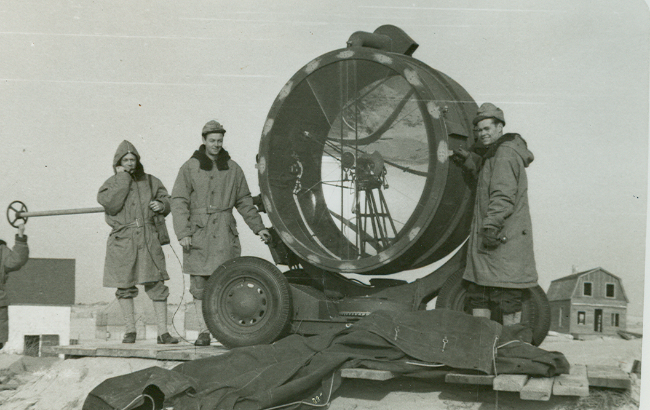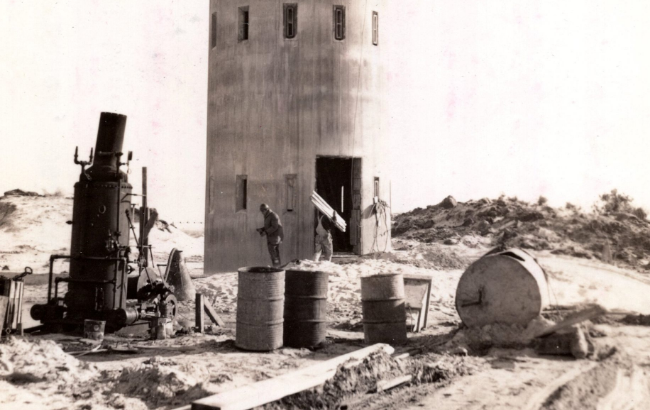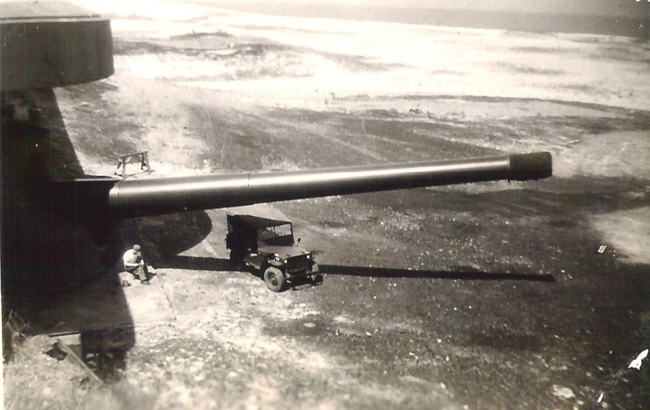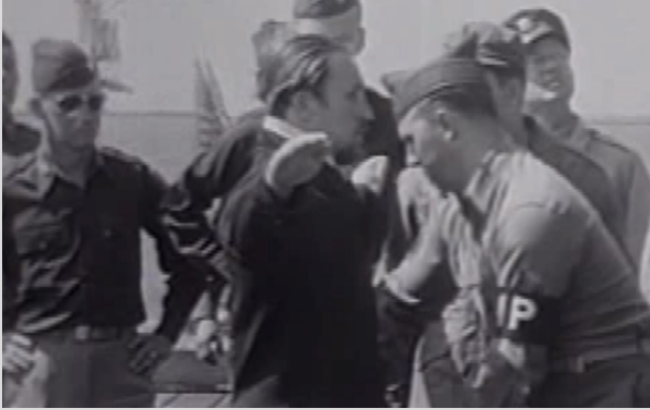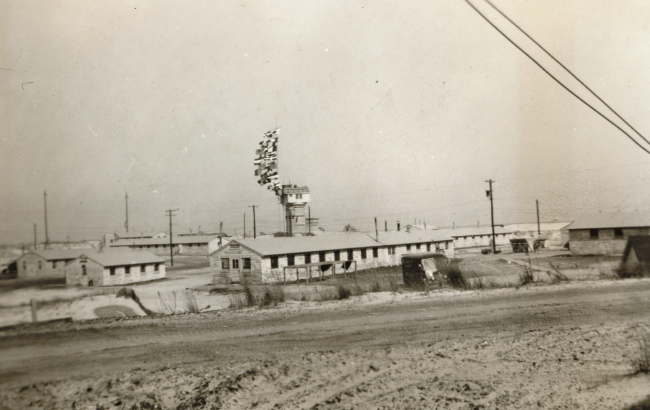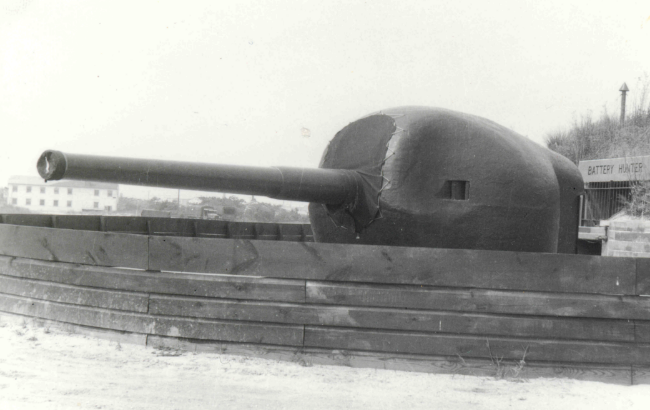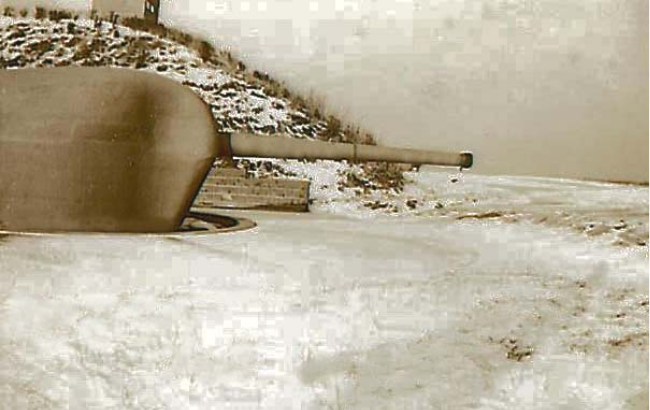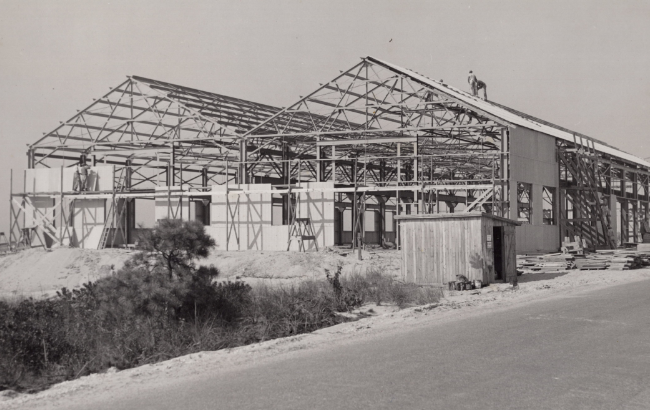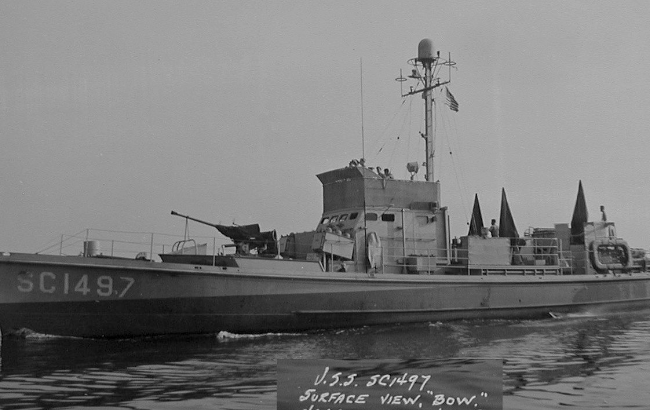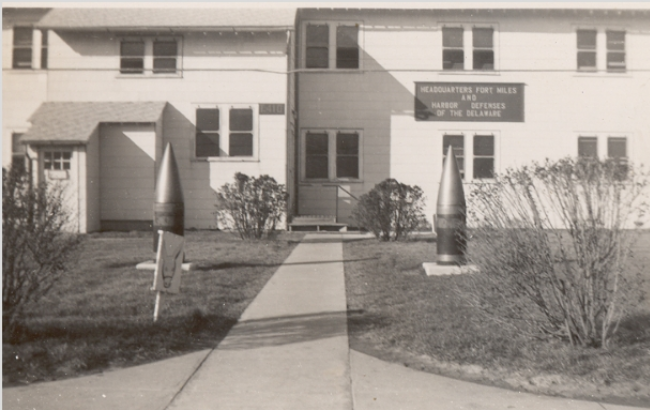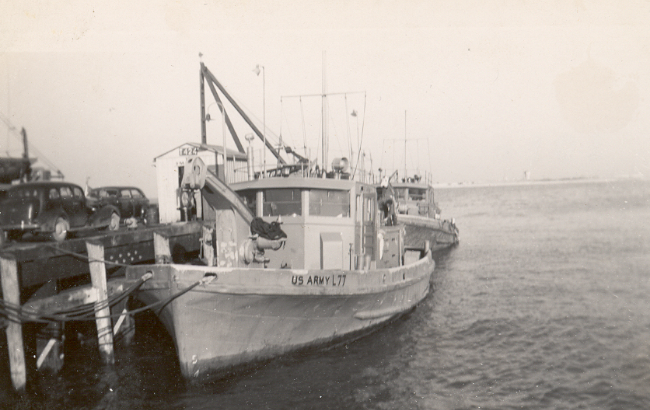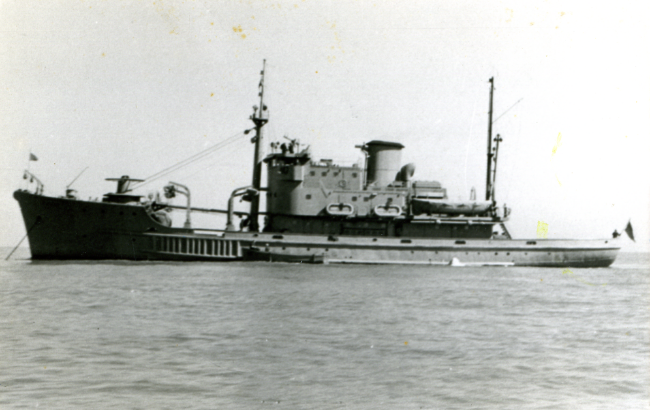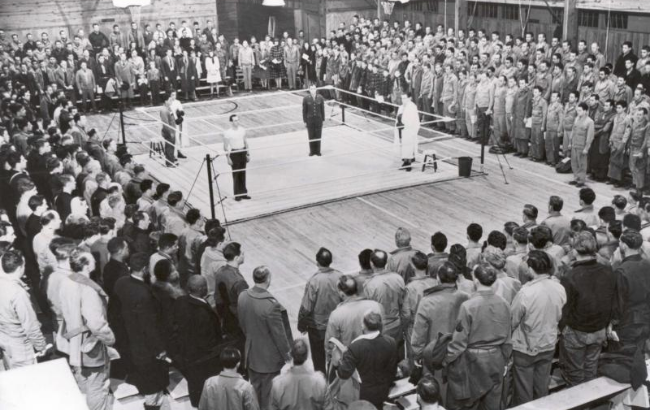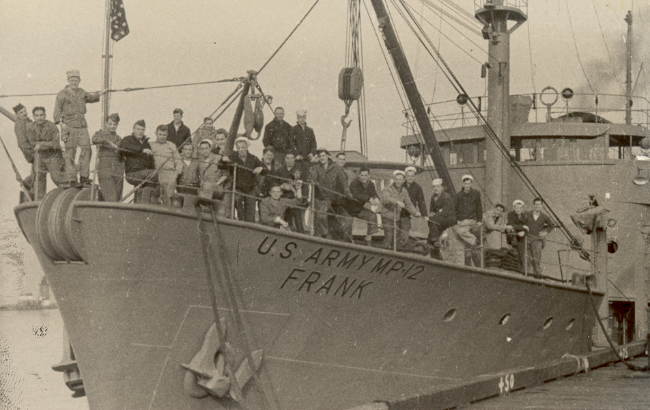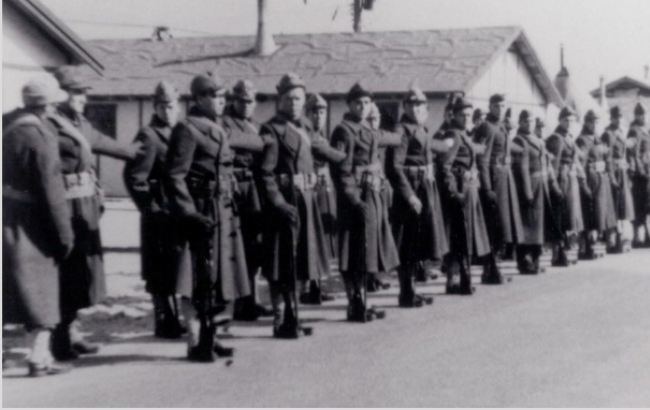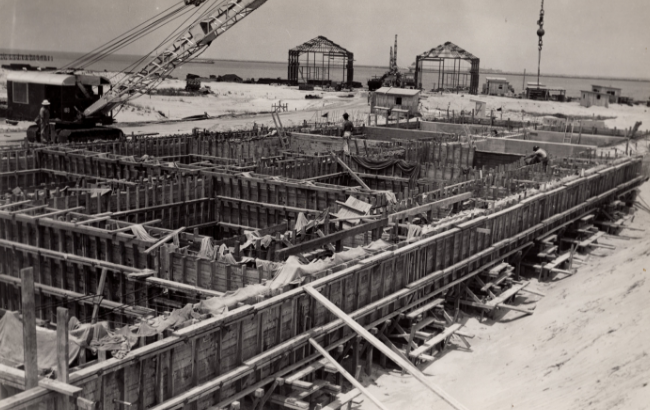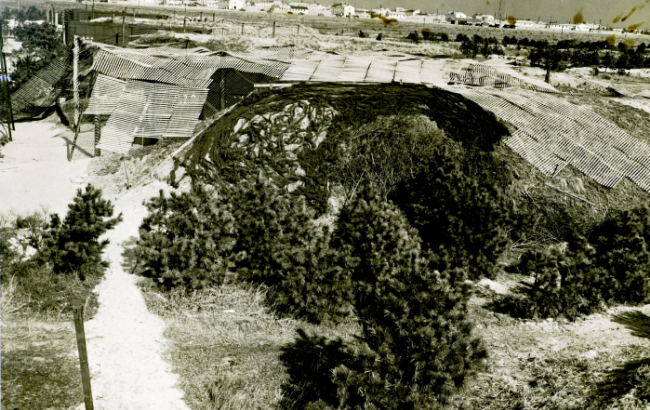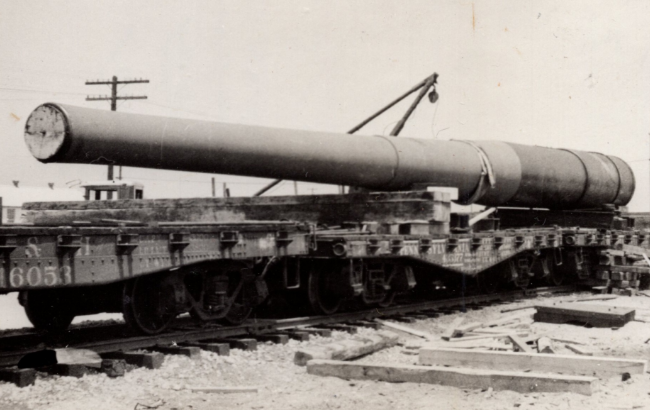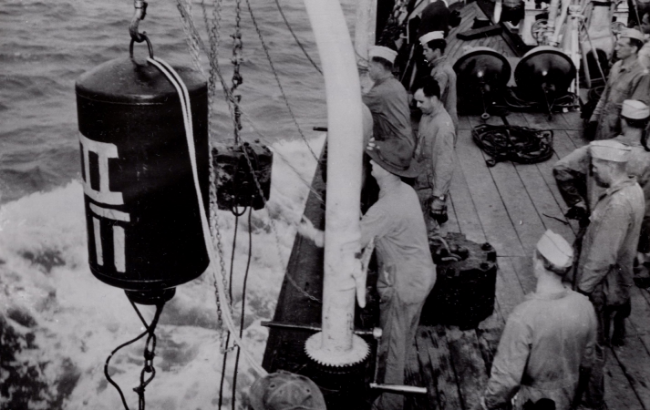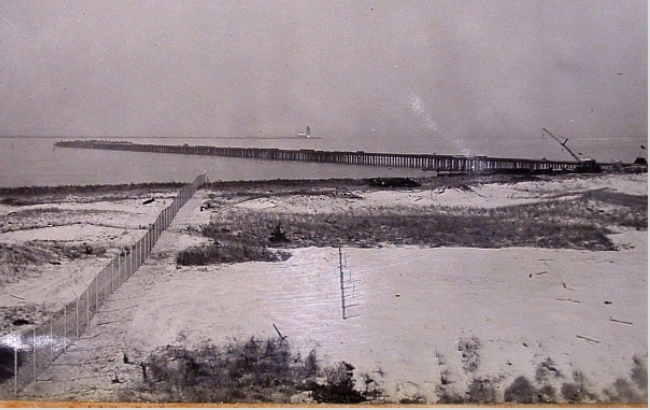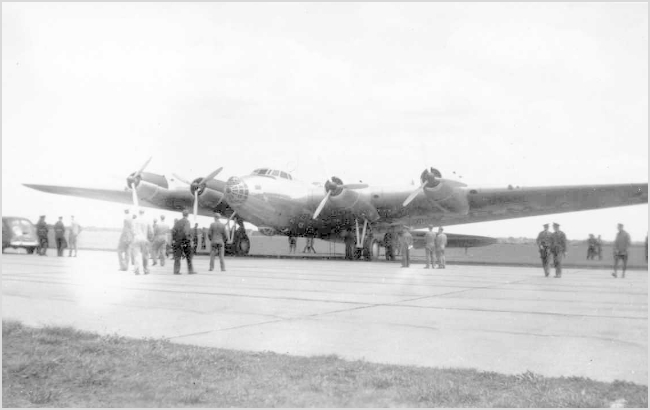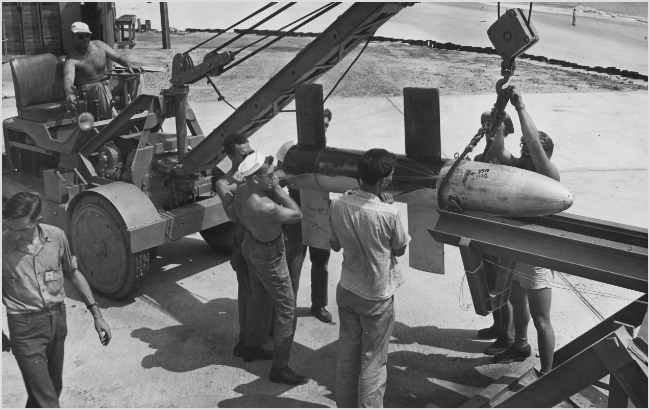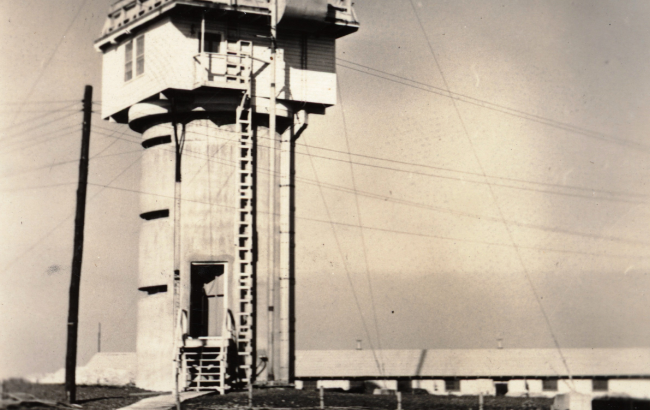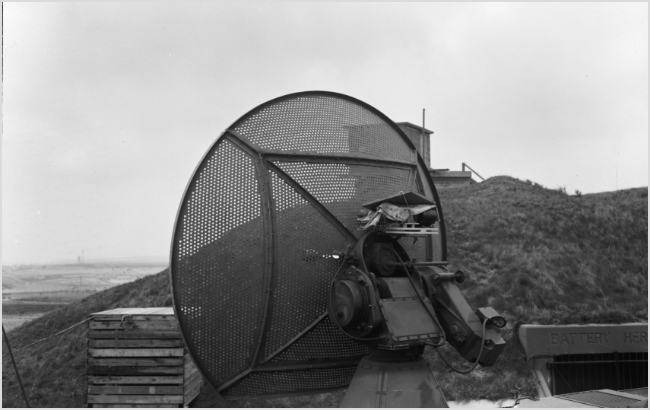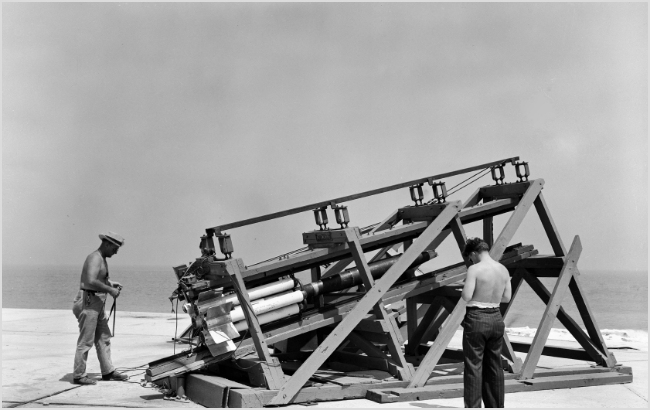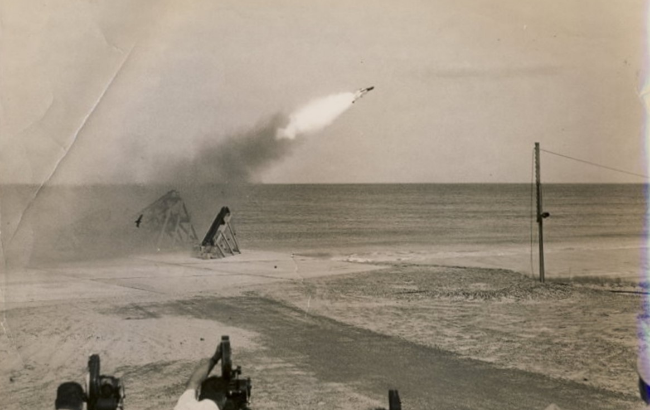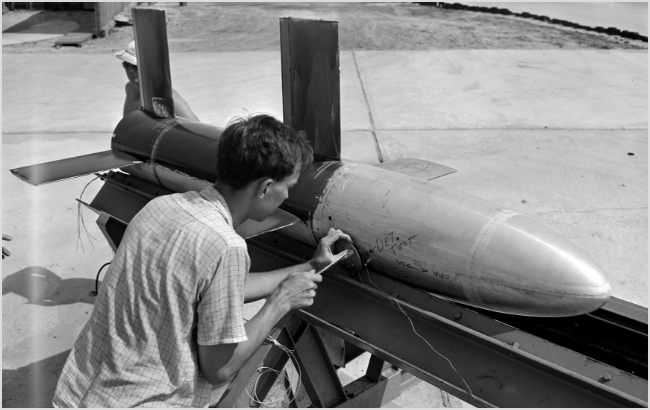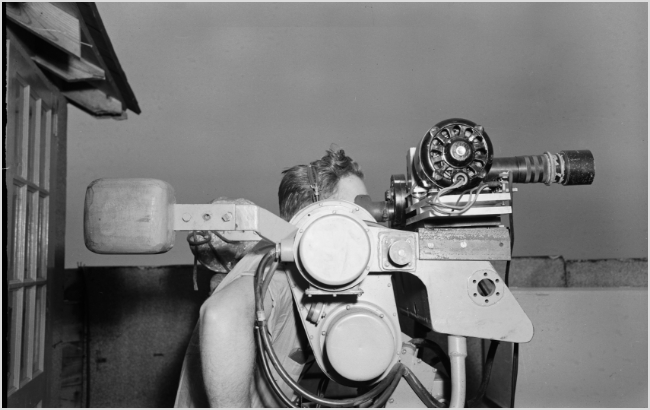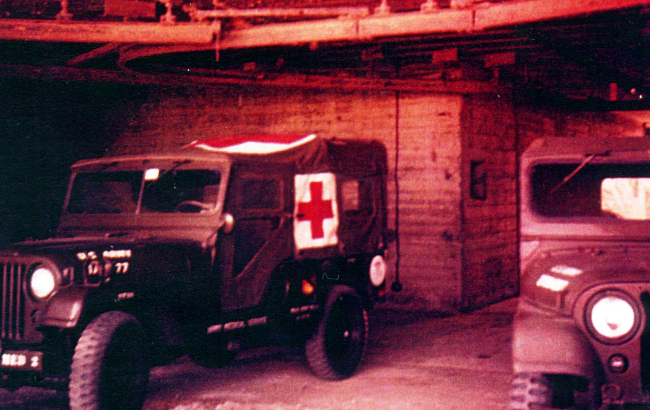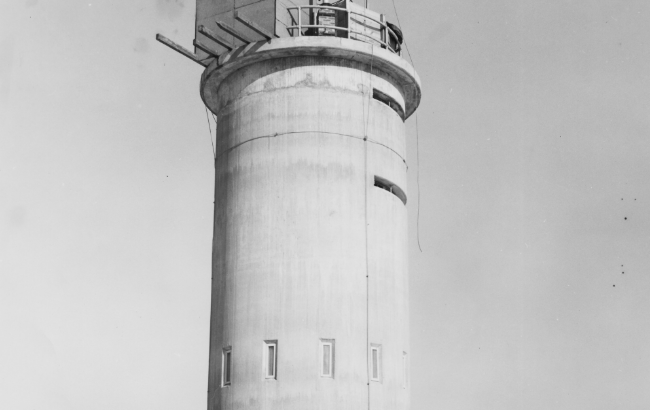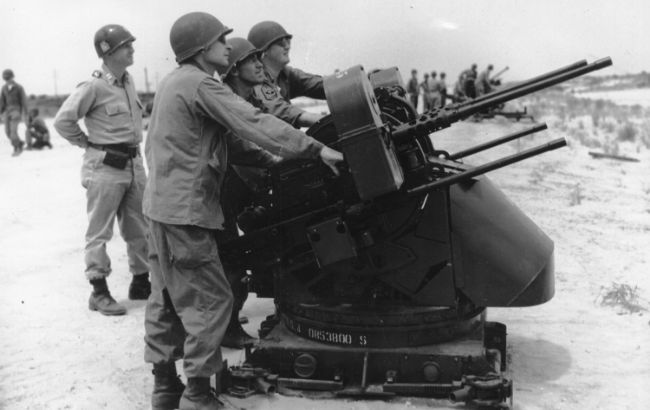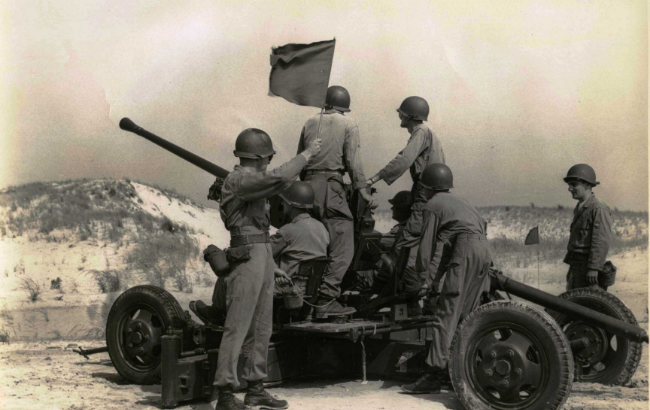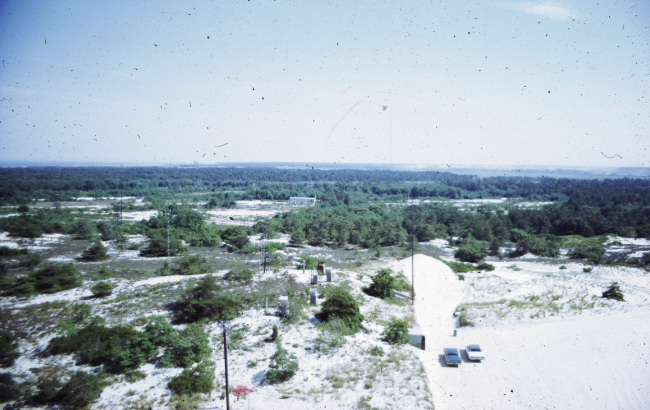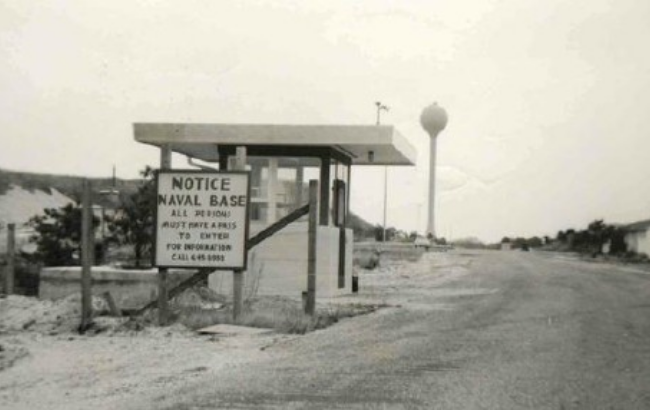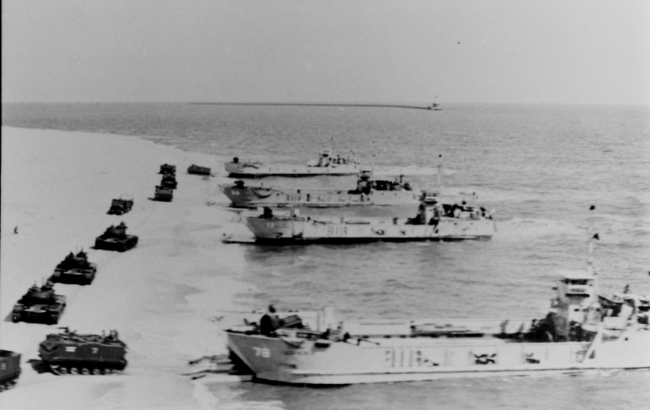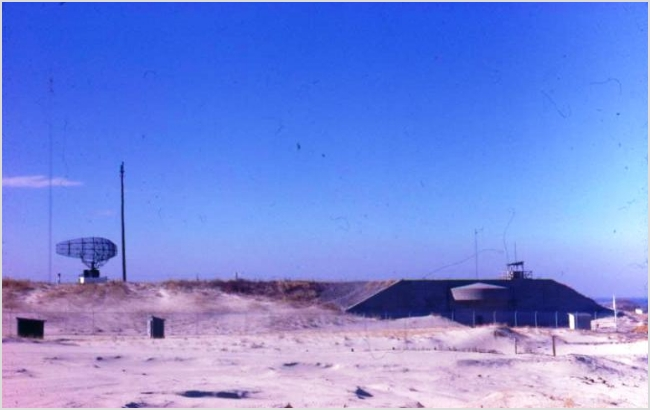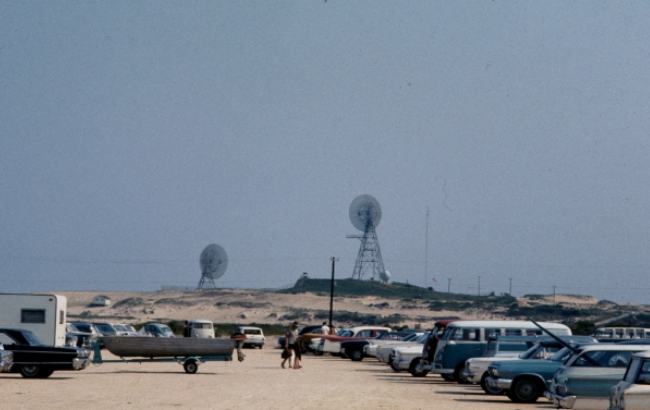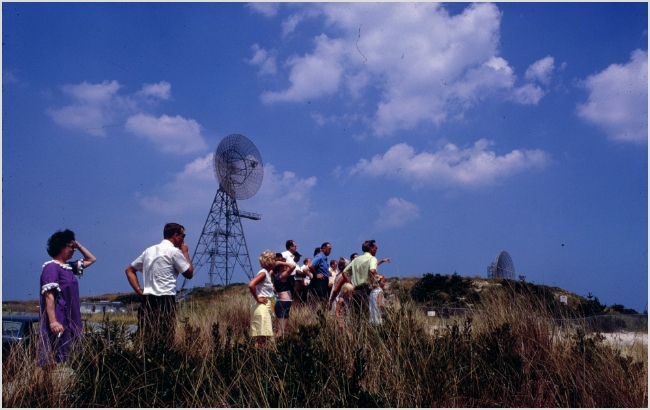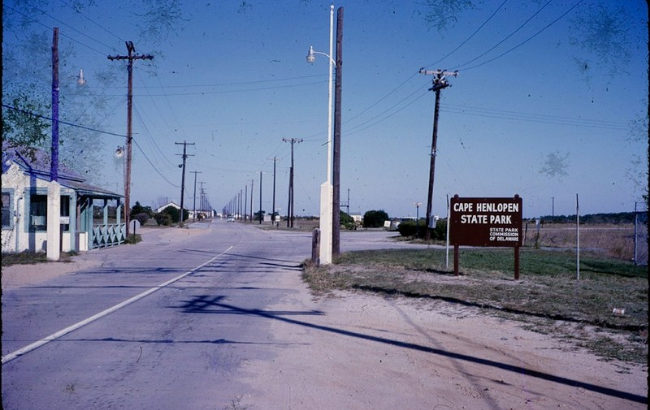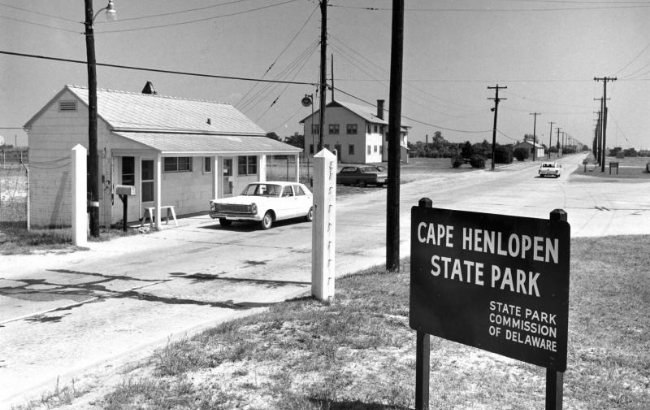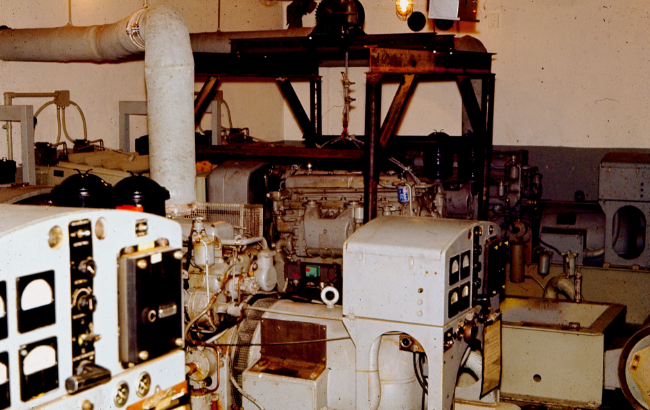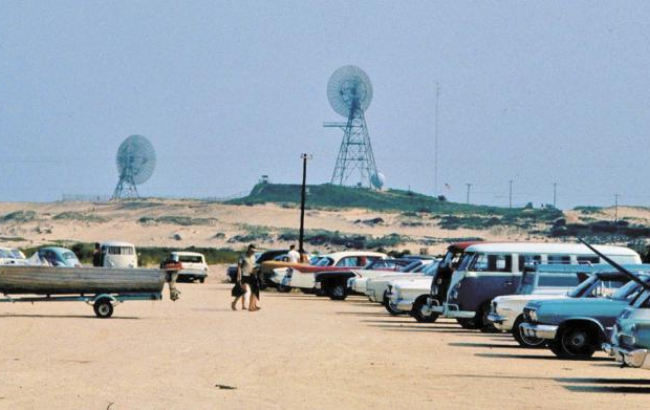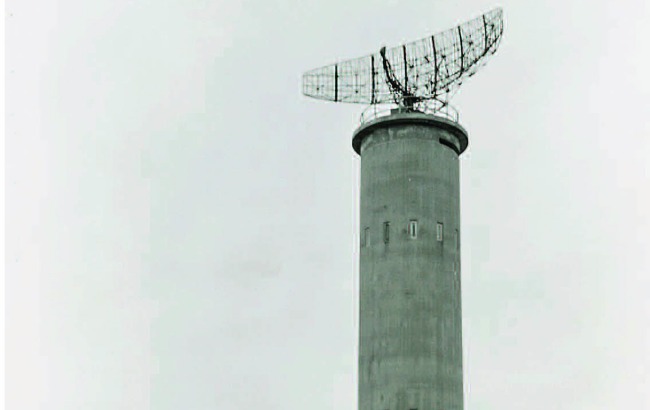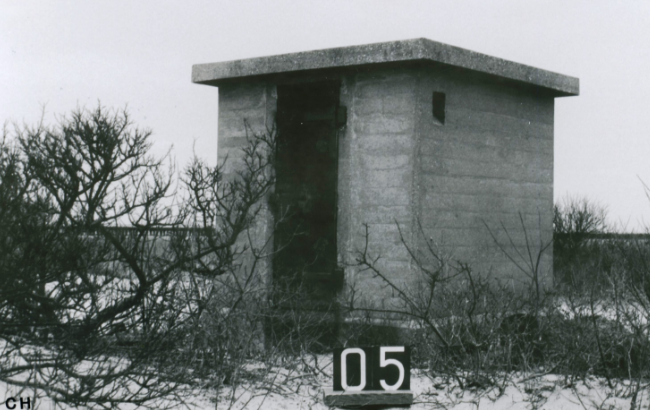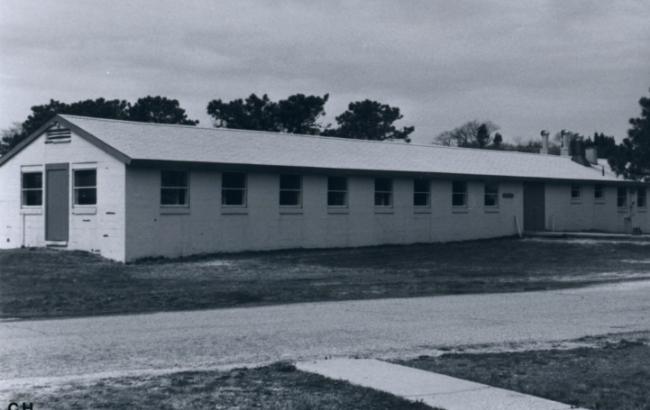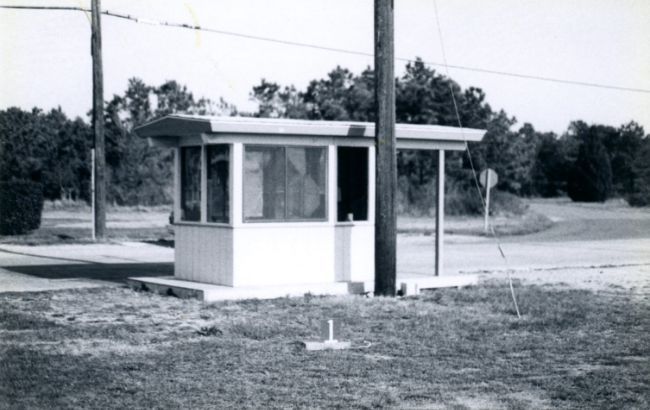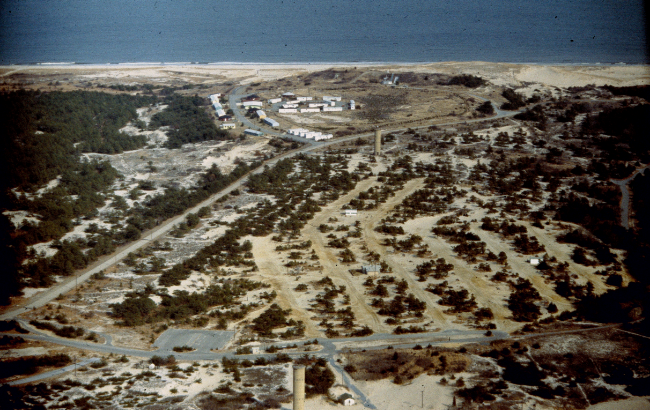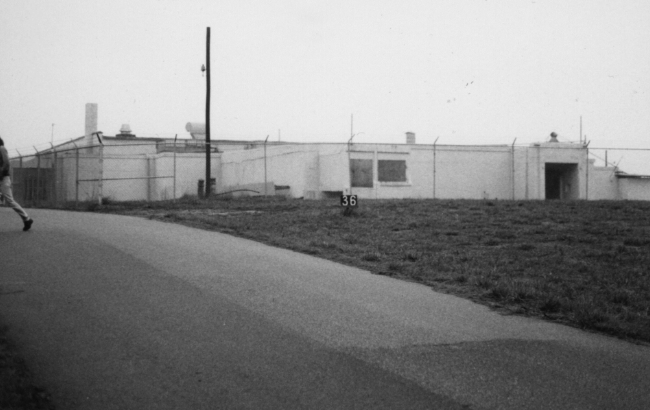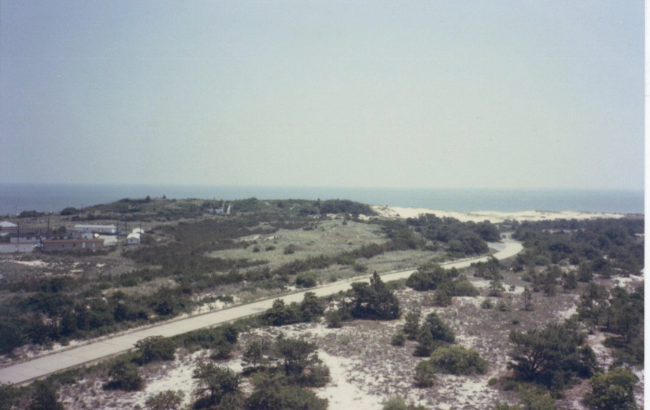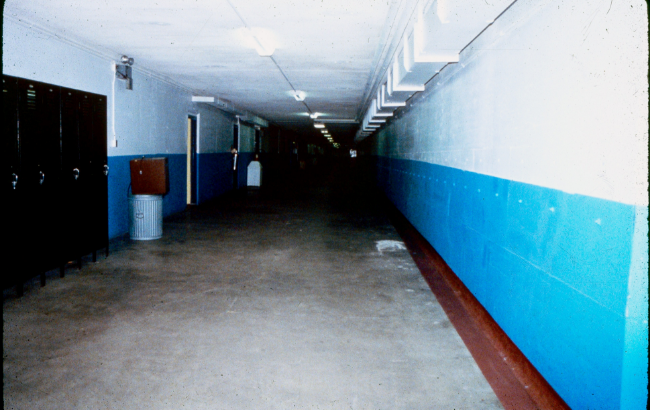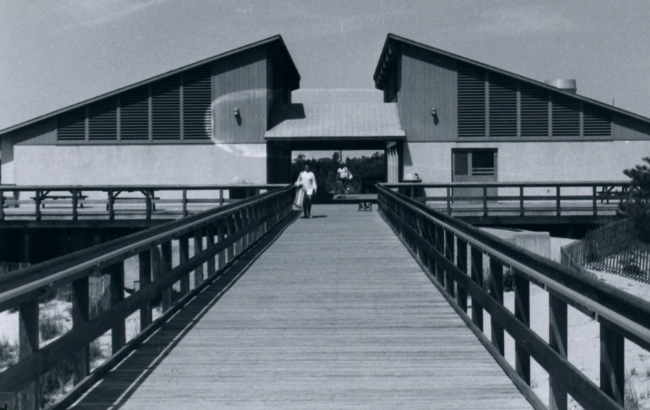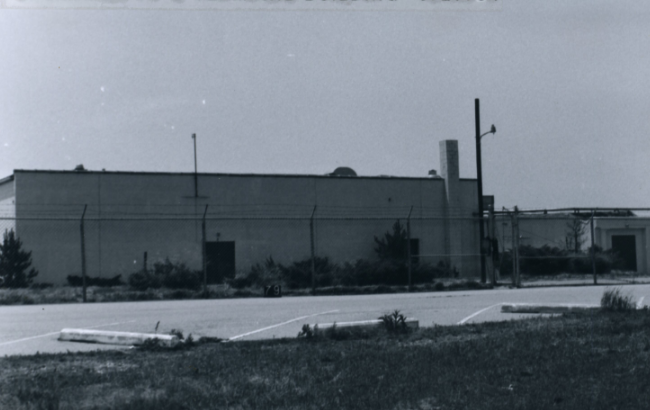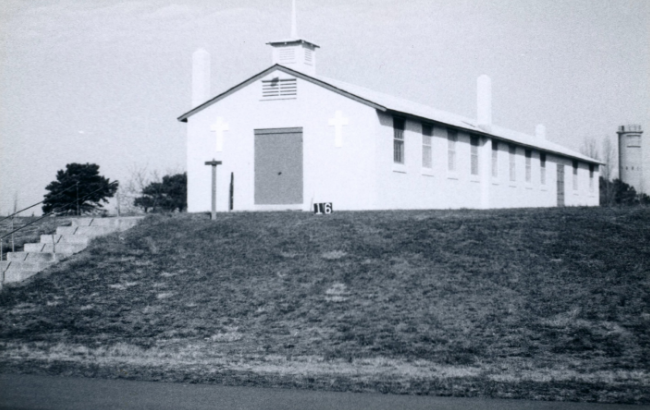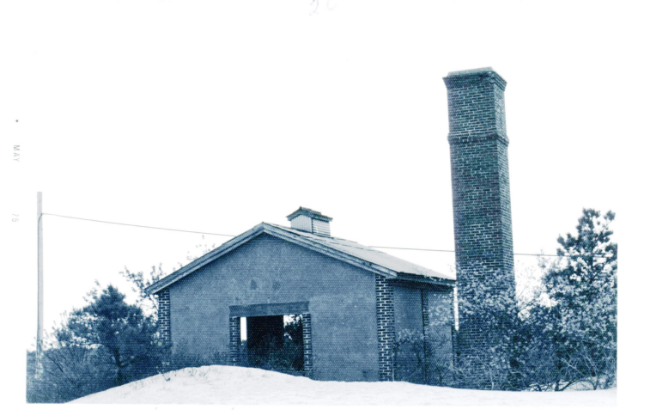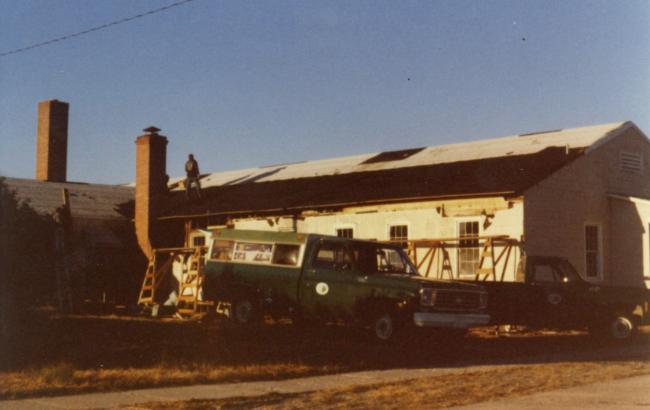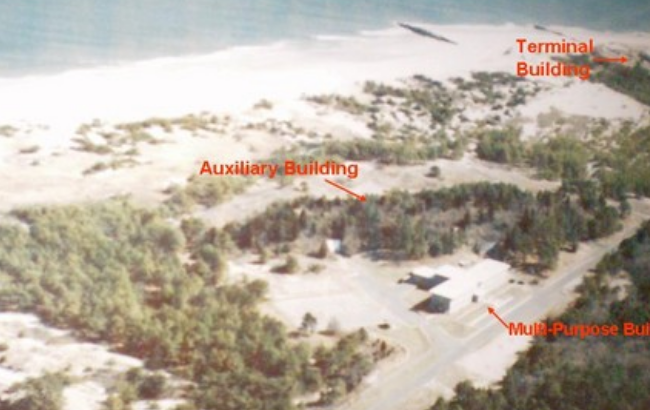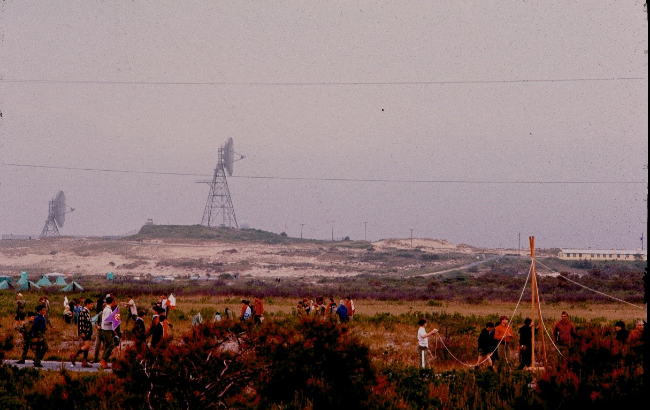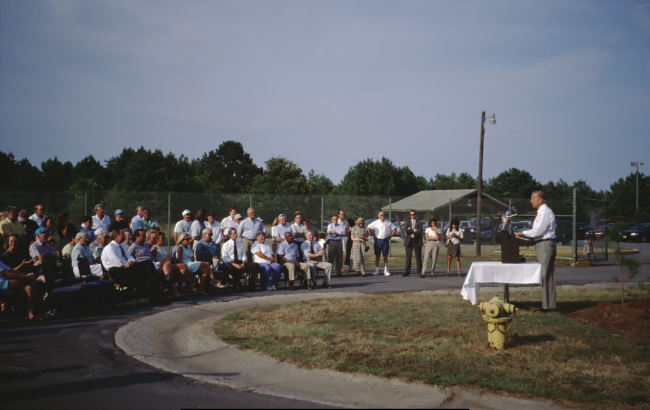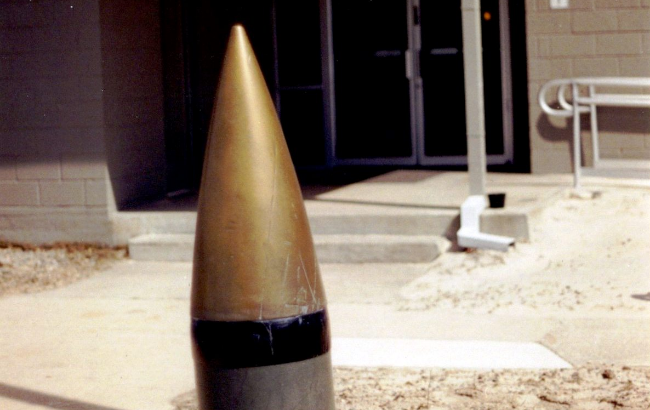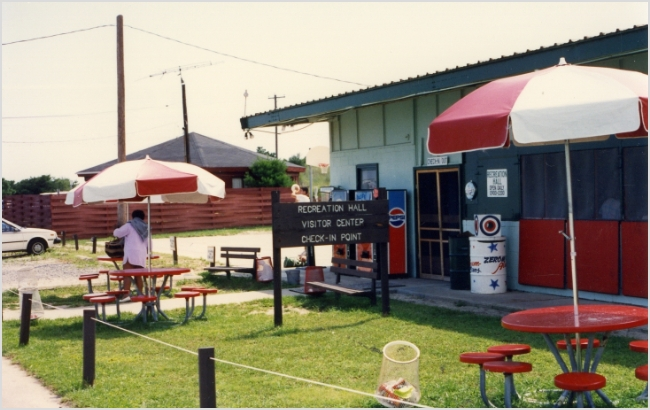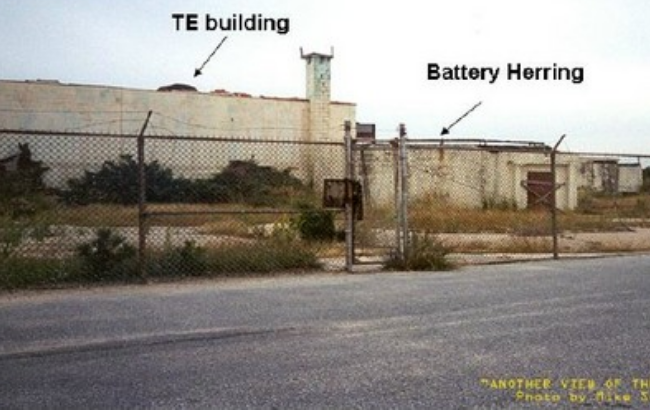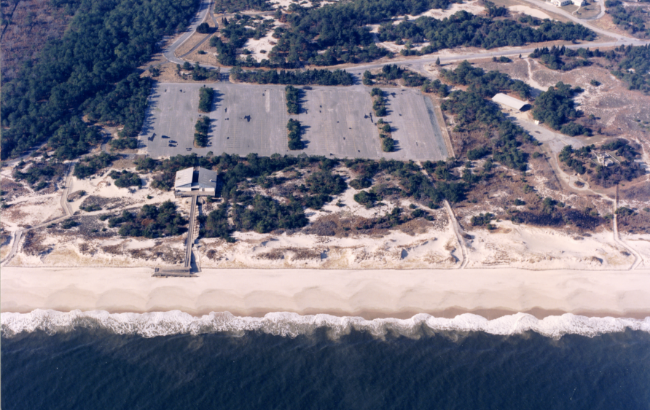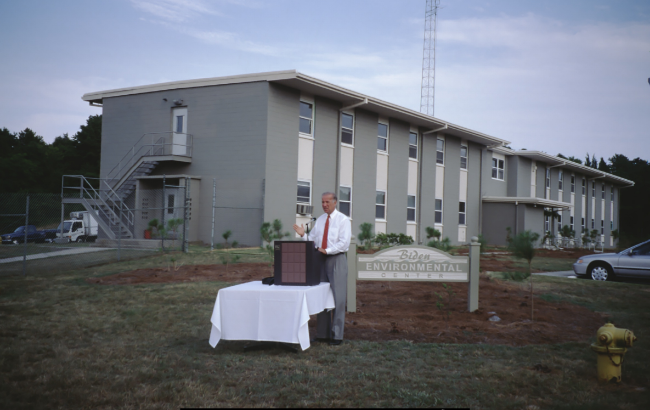Fort Miles Through the Years
From defending the homeland’s coast in WWII to covert operations during the Cold War, Fort Miles has played an important role in American history.
1910s, 1920s, and 1930s
Strategic Importance & World War I
The Delaware Bay has long been a vital location for the United States for its access to the Delaware River, and has been defended and fought over since colonial times. But before World War I, the Delaware River’s fortifications were obsolete and the Bay’s coastal defenses were lacking, despite the important Philadelphia Naval Shipyard and key manufacturing and refining operations in the region.
The start of World War I saw the development of a naval base at Cape Henlopen to support coastal vessels, such as sub chasers and minesweepers to defend against German U-Boats attacks along the approaches to Delaware Bay. Emergency 6-inch gun batteries were installed at both Cape May, NJ and at Cape Henlopen in case unauthorized shipping tried to enter the bay. These defenses were withdrawn after the end of World War I.

1940s
World War II
After Nazi Germany invaded Western Europe in 1940, U.S. defense planners intensified their efforts to build Delaware Bay’s coastal fortifications. In 1941, construction of two artillery batteries, Battery Smith (2-16-inch BC) and Battery 22 (4-155mm mobile) were begun, with Battery #519 (2-12-inches BC), Battery Herring (2-6-inches SBC), and Battery Hunter (2-6-inches SBC) undertaken in 1942. Eventually, Fort Miles would house nearly 2,500 soldiers and civilian personnel, cover more than 1,000 acres, and cost $22 million to build – worth $420 million in today’s dollars.
1950s
Transition from Coast Artillery to other Military Roles
Fort Miles entered a transition period away from its coast artillery role as in the late 1940s and 1950s. In March 1946 the harbor defenses of the Delaware Bay were inactivated and a small Army detachment remained as caretakers. The Army undertook the scrapping of the coast defenses at Fort Miles in 1948 and by 1949 its remaining harbor defenses responsibilities were transferred to the Navy. By 1950, the entire U.S. Coast Artillery Corp was disbanded as no foreign naval threats against the US were identified given the outcome of World War II and a strong desired by the government to reduce overall military fiscal expenditures.
1960s
The Cold War
As the Cold War deepened, former Fort Miles gain several new missions relating to homeland defense. The Army installed a Gap Filler Radar Station on FC Tower #12 which was then relocated to the former Battery #519. This radar station was part of the continental air defenses system (Nike Air-to-Ground Missiles). The Army continued to use the former Fort Miles for training, such as Operation Wet Horse II, an amphibious assault exercise designed to test the capability of reserve units to conduct large-scale landing operations which took place in May 1962.
1970s & 1980s
Cold War Phase-out
The development of satellite communications capabilities annulled the Navy’s requirements for troposcatter communications so in 1970 both the radio stations and naval ships supporting this system were decommissioned, including the radio station in the former Battery 519 and the station’s antennae were removed at Cape Henlopen.
1990s
Transition to a State Park is complete and the future Fort Miles Museum
More military controlled land was transferred to the state park when the Army ceased operation its MWR facility at Cape Henlopen altogether in 1991, as part of the Base Realignment and Closure Commission (BRAC) process. This area, consisting of approximately 96 acres around the beach and the cantonment area of the former Battery 519, was transferred to the State of Delaware.
1930s
Strategic importance
The Delaware Bay has long been a vital location for the United States for its access to the Delaware River, and has been defended and fought over since colonial times. But before World War II, coastal defenses in general, and the river’s defense specifically, were obsolete or lacking, despite the Philadelphia Naval Shipyard and key manufacturing and refining operations in the region.
The 1930s brought plans for new defenses at the entrance to the bay from the U.S. Army and Navy. The result was Fort Miles, built between 1941 and 1944.
It was a new use for the Cape Henlopen region, which had been used variously as a quarantine station, lighthouse location, naval radio station, and for temporary gun emplacements – but never seen as the site for a key harbor defense installation.
1940s
In World War II
After Nazi Germany invaded Western Europe in 1940, defense planners intensified their efforts. In 1941 began the construction of two large artillery batteries, Battery 519 and Battery Smith. Eventually, Fort Miles would house nearly 2,500 soldiers and civilian personnel, cover more than 1,000 acres, and cost $22 million to build – worth $420 million in today’s dollars.
The mouth of the Delaware Bay was defended by 12 batteries of U.S. Army coastal artillery between Fort Miles and Cape May, NJ. These included anti-aircraft and anti-torpedo boat guns (3 inches and 90 millimeters), secondary guns (155 millimeters and 6 inches), railway guns (8 inches), and primary guns (12 and 16 inches).
Fifteen concrete fire control towers were built, 11 along the Delaware coastline and 4 across Delaware Bay in New Jersey. These towers were continuously manned to sight and track enemy warships. In addition, 13 mine fields consisting of 35 mines each were placed at the entrance to Delaware Bay.
While German U-Boats laid mines and torpedoed several ships off the coast of Delaware, no enemy ships threatened Fort Miles.
1960s
The Cold War
In 1945, as World War II ended, Fort Miles was transitioned to an important post-war defense installation under the control of the U.S. Navy. The Navy utilized Fort Miles as:
A testing area for Operation Bumblebee, which used Herring Point to fire prototype fleet defense missiles
A radar dish location for the Missile Master program, detecting incoming threats against the United States
A U.S. Navy radio station atop Battery 519
A naval outpost monitoring underwater microphones for Soviet submarine activity, from 1962 until 1981
A naval reservist training center
About 190 acres were used for the First Army Recreation Area, boosting morale among active-duty and retired military personnel and their families, until 1991.
1990s
Fort Miles Today
By 1996, the U.S. Navy had decommissioned its reserve units at Fort Miles, and the federal government handed over the land to Cape Henlopen State Park.
Today, most of the remaining Fort Miles buildings are operated and maintained by Delaware State Parks.
Since 2003, batteries, barracks and numerous other buildings original to Fort Miles have been preserved and restored by the combined efforts of Fort Miles Historical Association and Delaware State Parks. As a result, Fort Miles Museum now comprises exhibits depicting its history both inside Battery 519 and outside in the Artillery Park/Cantonment Area.


